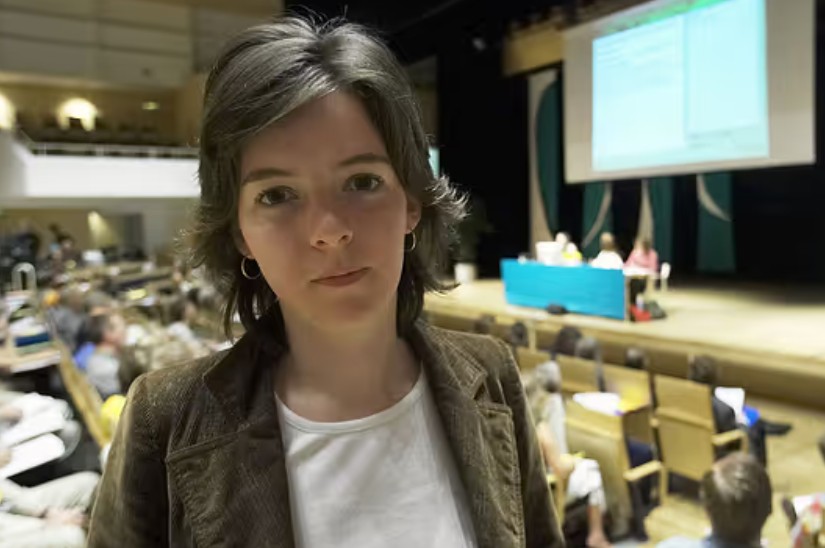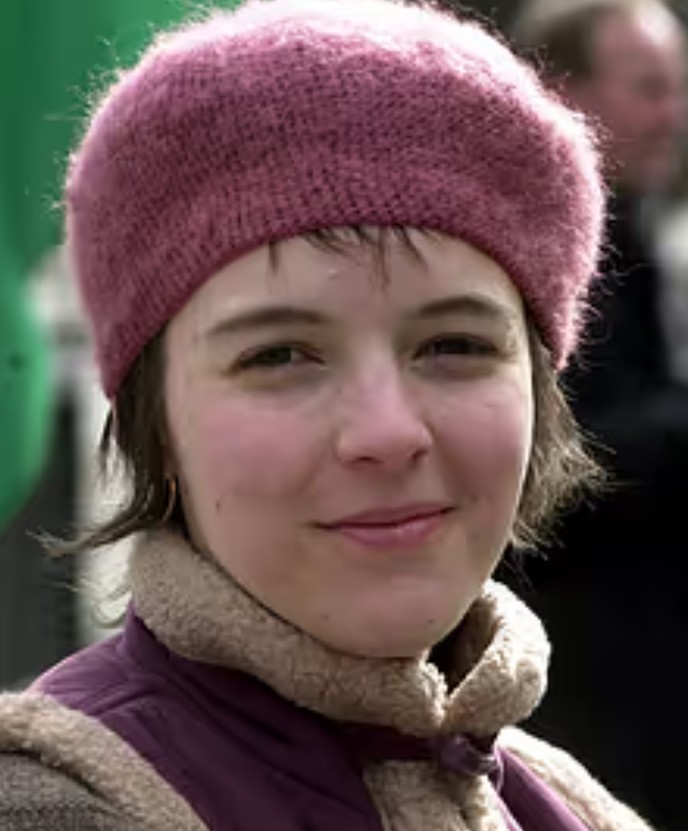Zaida Catalan Video and the International Outcry
The international community was shaken when a gruesome video emerged from the Democratic Republic of Congo (DRC), appearing to show the execution of two United Nations investigators. The footage, screened by the Congolese government in the capital Kinshasa, has ignited outrage, sorrow, and renewed calls for accountability in a region already beleaguered by violence. The killing of American national Michael Sharp and Swedish-Chilean dual citizen Zaida Catalán, along with their local interpreter Betu Tshintela, has come to symbolize the complex and deadly conflict gripping the Kasai region. The incident not only raises questions about militia brutality but also deepens global scrutiny of the Congolese government and its ongoing struggle to restore stability.

Contents
The Video That Shocked the World
The release of the video marked a turning point in the narrative surrounding their deaths. During a press briefing, the Congolese government presented the footage to journalists, asserting it provided evidence that the two investigators were killed by members of the Kamuina Nsapu militia, not by government forces. The video, narrated by a police spokesperson, showed Sharp and Catalán walking alongside men wearing the distinctive red headbands associated with the insurgent group.
The unblurred video of Zaida Catalán has prompted the entire world to demand justice
Midway through the video, the scene cuts. The two UN workers are shown seated on the ground, surrounded and physically restrained. The footage then captures the moment they are shot and killed. Catalán is subsequently beheaded, a detail that horrified viewers and reinforced concerns about the extreme brutality characterizing the conflict. The authenticity of the video has not been publicly challenged, but questions remain regarding how the government obtained it and why it chose to release it at that specific moment.
Background of the Mission
Michael Sharp and Zaida Catalán were members of a United Nations panel tasked with monitoring the security and human rights situation in remote conflict zones. Their assignment in the Kasai Central province was part of a broader effort to investigate escalating violence tied to the Kamuina Nsapu insurgency, a movement that emerged from local political grievances but quickly expanded into a violent rebellion. Sharp and Catalán, experienced in fieldwork and negotiations, were working to gather testimonies, document abuses, and mediate between armed factions and government forces.

Their interpreter, Betu Tshintela, a Congolese national familiar with the local context, accompanied them during their fact-finding mission. On March 12, while traveling in a rural area, the group was ambushed and kidnapped. Efforts to locate them intensified as international concern mounted. Two weeks later, the bodies of Sharp and Catalán were discovered in a shallow grave. Tshintela’s remains were not immediately found, adding further distress and unanswered questions.
Government Position and Denial of Responsibility
Government spokesman Lambert Mende stated that the screening of the video was necessary to counter allegations that Congolese security forces were involved in the killings. According to Mende, the footage demonstrated that the perpetrators belonged to the Kamuina Nsapu militia, which has clashed with the government since mid-2016. “Our police and soldiers are accused of being implicated in the assassination of the two UN experts. That is not the case,” he declared. “The images speak for themselves.”

The government also presented a separate video allegedly showing dozens of decapitated bodies in police uniforms victims, it claimed, of the same militia. However, critics argue that the timing and manner of the video’s release were strategic, aimed at deflecting political pressure and shifting the focus away from accusations of state complicity, whether direct or indirect. The government has offered no clear explanation as to how the footage was retrieved, raising further doubts and fueling speculation.
United Nations Reaction and Calls for Investigation
The United Nations expressed profound shock upon reviewing the footage. UN human rights spokeswoman Ravina Shamdasani stated: “We are utterly horrified at what appears to be the killing of Michael Sharp and Zaida Catalán.” The UN announced that it would conduct its own independent investigation into the incident and urged the Congolese government to do the same with transparency and urgency.
The deaths of the investigators highlight the growing risks faced by humanitarian and monitoring personnel in conflict zones, especially where state authority is fragmented and armed groups operate with impunity. The UN emphasized that justice must be pursued not only to honor the victims and their families but also to ensure accountability for ongoing atrocities in the region.
The Kamuina Nsapu Insurgency and Regional Violence
The Kamuina Nsapu movement began as a localized dispute over traditional leadership but quickly evolved into a widespread rebellion after the killing of its leader by government forces in 2016. The group, which recruits heavily among disaffected youth, claims to fight political marginalization but has committed severe atrocities, including beheadings, forced child recruitment, and attacks on police and civilians.
Since the conflict escalated, the United Nations estimates that at least 400 people have been killed. Investigators have identified over 40 mass graves, suggesting that the true toll may be far greater. Villages have been razed, families displaced, and local governance systems shattered, creating a humanitarian crisis largely overshadowed by global attention on other regions.
International Pressure and Political Tensions
The Congolese government is under mounting pressure to allow international monitoring and investigation into the violence in Kasai. Several senior officials close to President Joseph Kabila are already under Western sanctions for alleged human rights abuses and suppression of political dissent. Relations between the DRC and Western governments have deteriorated further due to criticism of Kabila’s prolonged hold on power after the expiration of his presidential mandate in December 2016.
If the government fails to take credible action in investigating the killings, there is strong indication that the International Criminal Court (ICC) may intervene. Such a move could have far-reaching consequences for political figures in Kinshasa, making the handling of the Sharp-Catalán case not only a matter of justice but also of geopolitical survival.
The murder of Michael Sharp and Zaida Catalán is more than a tragic loss of two dedicated international peace workers. It is a stark reminder of the dangerous complexities of modern conflict, where lines between state actors, insurgent groups, and civilian populations are blurred. The circulating video forces the world to witness violence that otherwise might have remained unrecorded and unnoticed.
Justice for Sharp, Catalán, and Tshintela depends on transparent investigations and accountability not only for their deaths but also for the suffering endured by thousands in the Kasai region. Whether the Congolese government acts responsibly or continues to deflect blame will shape how the world engages with the DRC moving forward. But one truth remains clear: the violence seen in this video is not isolated it is part of a larger crisis demanding urgent international attention.
Breaking News -Ghost Rider Cartel Video and Understanding the Violence
Overtime Megan Video Controversy and Online Backlash
Thailand Pickup Truck Original Video and Scandal of Tourist
Trout Lady Full Video and Controversy on Reddit, X-Twitter
Sean Herman Video Reveals Concerns Over Police Conduct
Katie Price Dubai Photo and Highlights Risks
Pan Piano Video Leak Causes Stir in Online Communities
